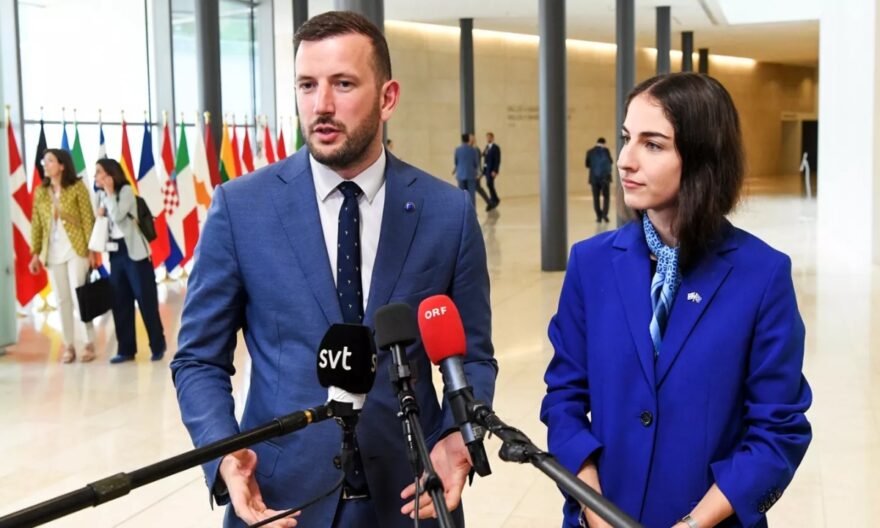
Recently, EU member states reached a significant milestone by agreeing on a law aimed at restoring Europe’s natural habitats. The law, initially proposed by the European Commission last year, will require all 27 member states to implement measures to restore a minimum of 20 percent of the EU’s land and 20 percent of its seas by 2030.
Additionally, the draft law emphasizes the need for similar restoration measures for all damaged ecosystems, including forests, to be achieved by 2050.
The agreement on the draft law was reached during a meeting of environment ministers held in Luxembourg. However, the legislation still faces further challenges in the European Parliament before it can be finalized.
As part of the proposed law, EU member states are expected to implement measures to restore 30 percent of habitats in ecosystems that are in poor condition by 2030, followed by 60 percent by 2040 and 90 percent by 2050.
The proposal aligns with the historic biodiversity agreement signed at COP15 last year. Swedish Environment Minister Romina Pourmokhtari, representing the rotating EU presidency, expressed confidence in finding the right balance, while her German counterpart, Steffi Lemke, emphasized the importance of intact nature for agriculture and the forest economy.
Although the agreement offers more flexibility than the initial proposals, it was generally welcomed by environmental groups.
However, some member states, including Austria, Belgium, the Netherlands, Poland, and Sweden, refused to back the law, citing concerns over the forestry industry, intensive farming areas, and densely populated regions.
In the European Parliament, right-wing and far-right MEPs strongly oppose the draft law, arguing that it could endanger agricultural production.
The law’s approval faced resistance from the largest party in the parliament, the EPP, but ultimately passed. However, a tight vote in July poses a risk to the possibility of commencing negotiations between member states and MEPs to finalize the law.




